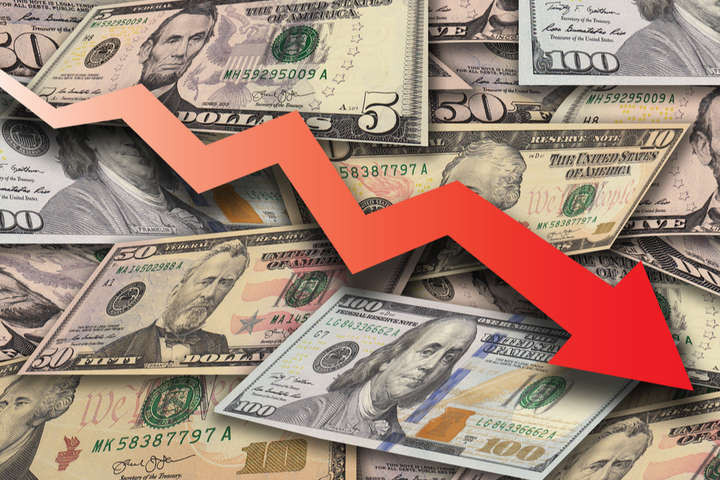
Political disagreements about the aid plan and a bleak US economic prospect are pushing the US dollar down.
In the US, the spread of the coronavirus has finally slowed down and manufacturing activity is on the rise. However, investors are wondering if the US economy, with 30 million jobless people, can truly spearhead the world's economic recovery.
On Monday, it was reported that Congress and the White House managed to agree on a new deal to continue stimulating the economy hit by the coronavirus pandemic. However, it is still difficult to say whether the agreement will be enough to change investor perception that the US economic recovery is lagging behind Europe and Asia.
Terence Wu, foreign exchange strategist at OCBC Bank in Singapore, said the US dollar's prospects are dim. US output remains well below the pre-crisis levels as well as the employment index. Deutsche Bank's chief international strategist, Alan Raskin, said the US economy will not recover quickly until the virus is under control. According to some reports, a decrease in the number of COVID-19 cases has been noticed in America, but the number of deaths from coronavirus is increasing.
Moreover, new cases of the Chinese virus have been recorded in Europe, and Melbourne has introduced a curfew and new restrictions on movement to suppress the outbreak of the coronavirus. Experts noted that the unemployment rate in Australia will rise by the end of the year from 7.4% to 10%.
Today, the American currency has returned to $1.1766 per euro. The yen and other major currencies also strengthened against the greenback.
The Japanese yen was stable at 106.04 per dollar, while the pound sterling hit $1.3079. The New Zealand dollar remained unchanged at $0.6612. The Australian dollar rises to $ 0.7134.
The US dollar index, which measures the US dollar against a basket of six major currencies, fell by 0.1% to $93.442.
The narrowing yield spread between the EU and US government bonds became one more problem of the US dollar.
Analysts at National Australia Bank believe that the American currency continues to weaken as the previously favored dollar yield gap narrows sharply.
Investors no longer see the US currency as a safe haven. This boosted the yen and the Swiss franc against the dollar.
ING analysts doubt a rapid economic breakthrough, as in case of a worsening epidemiological situation in the country, quarantine measures will be tightened.





















